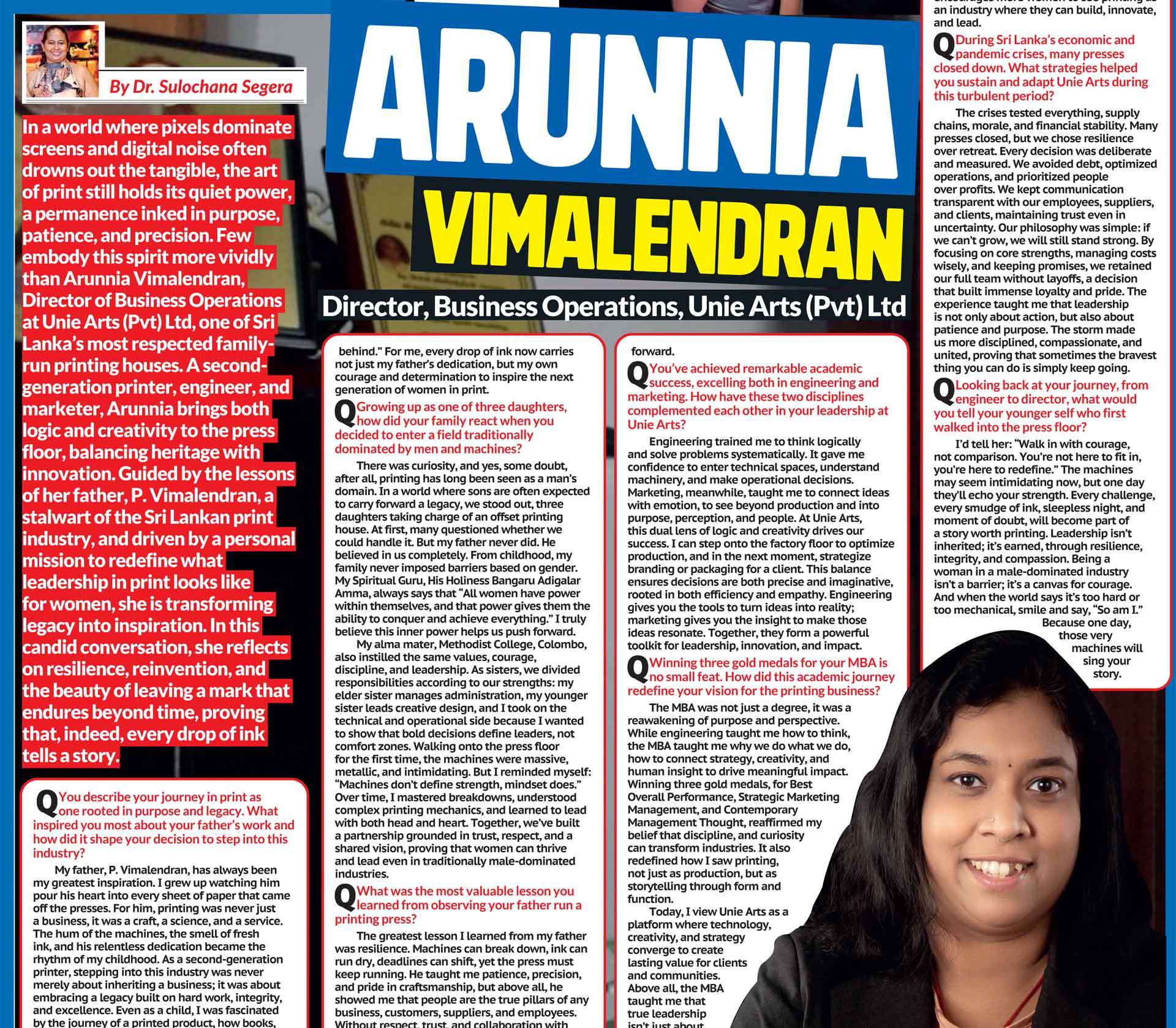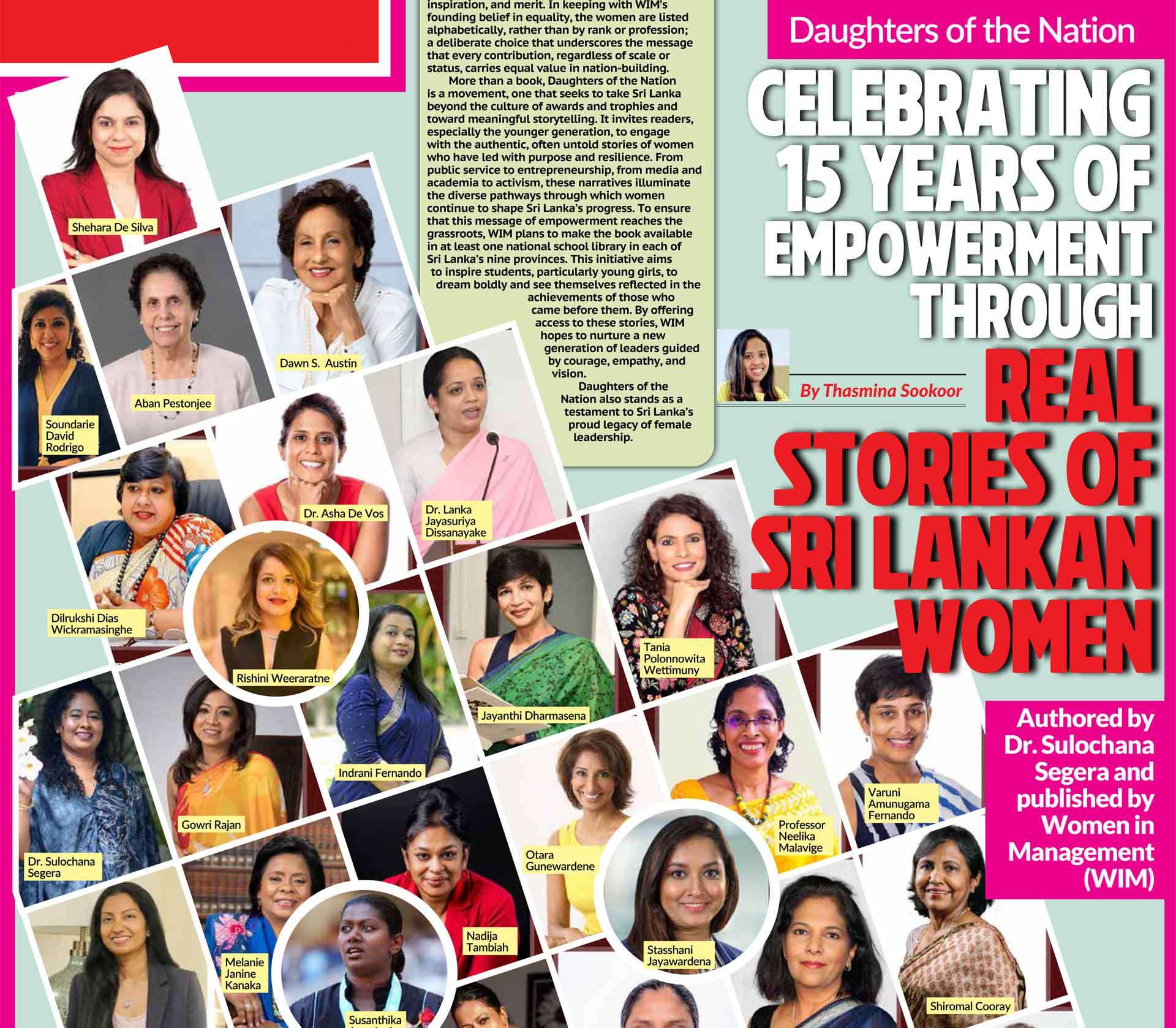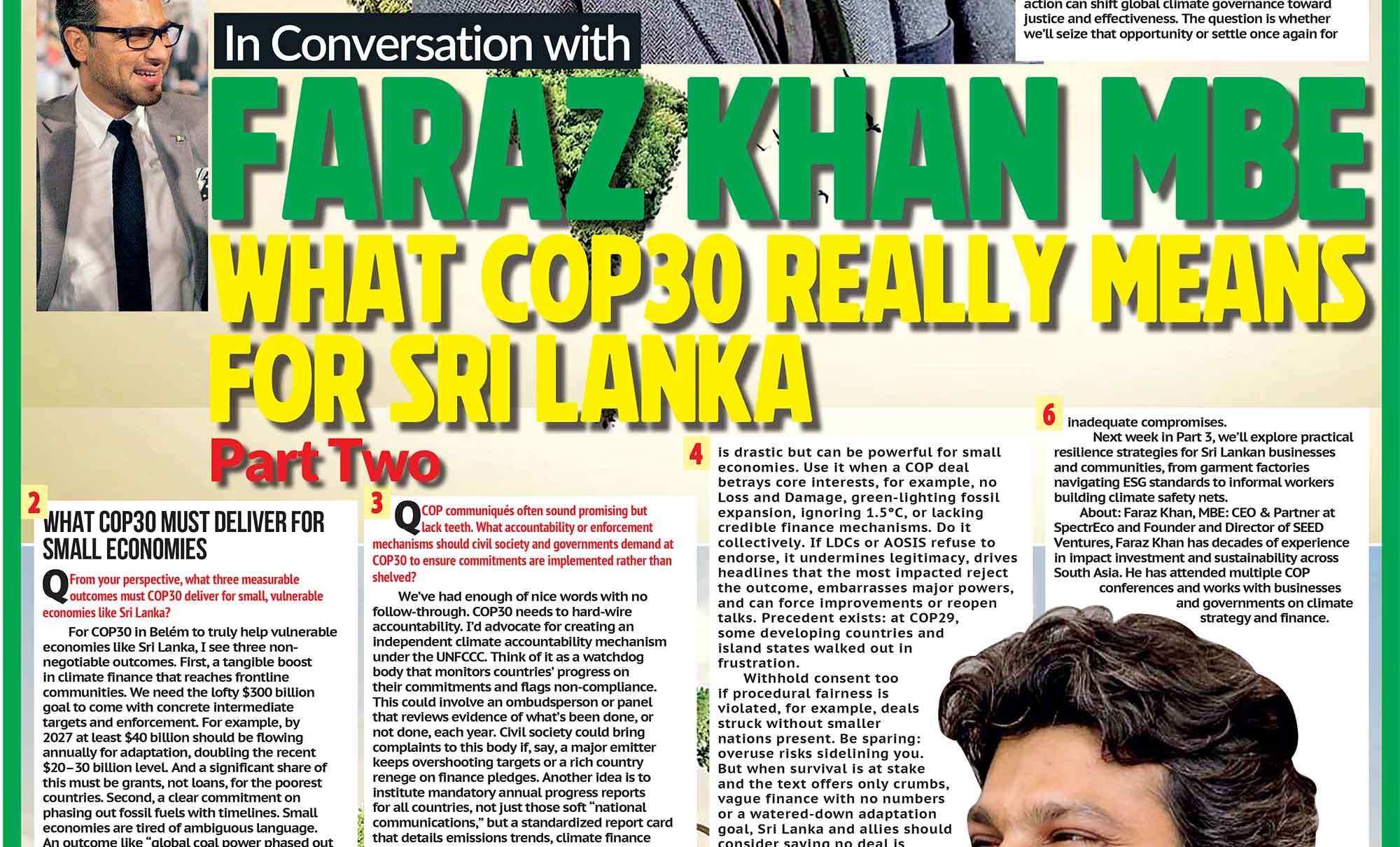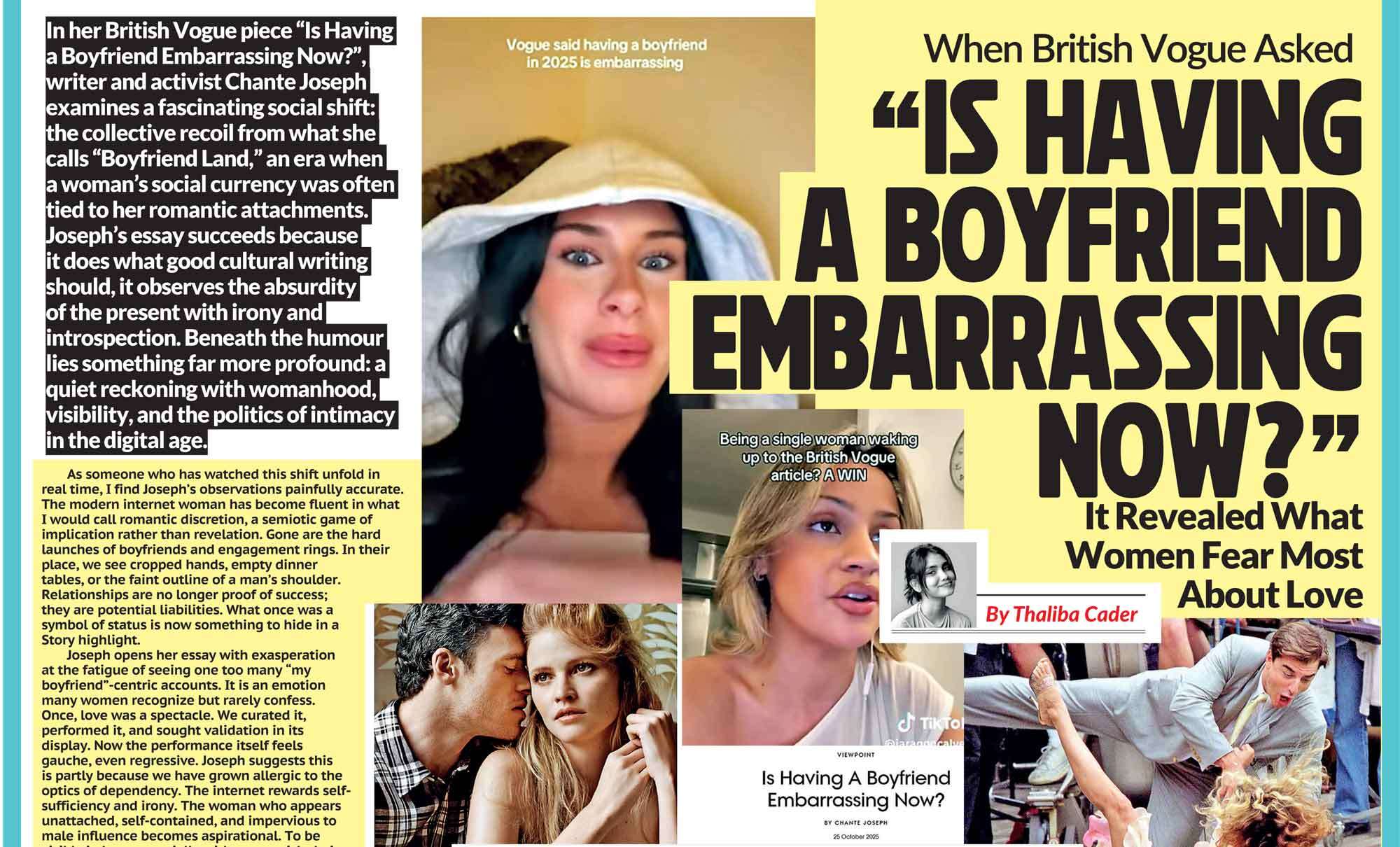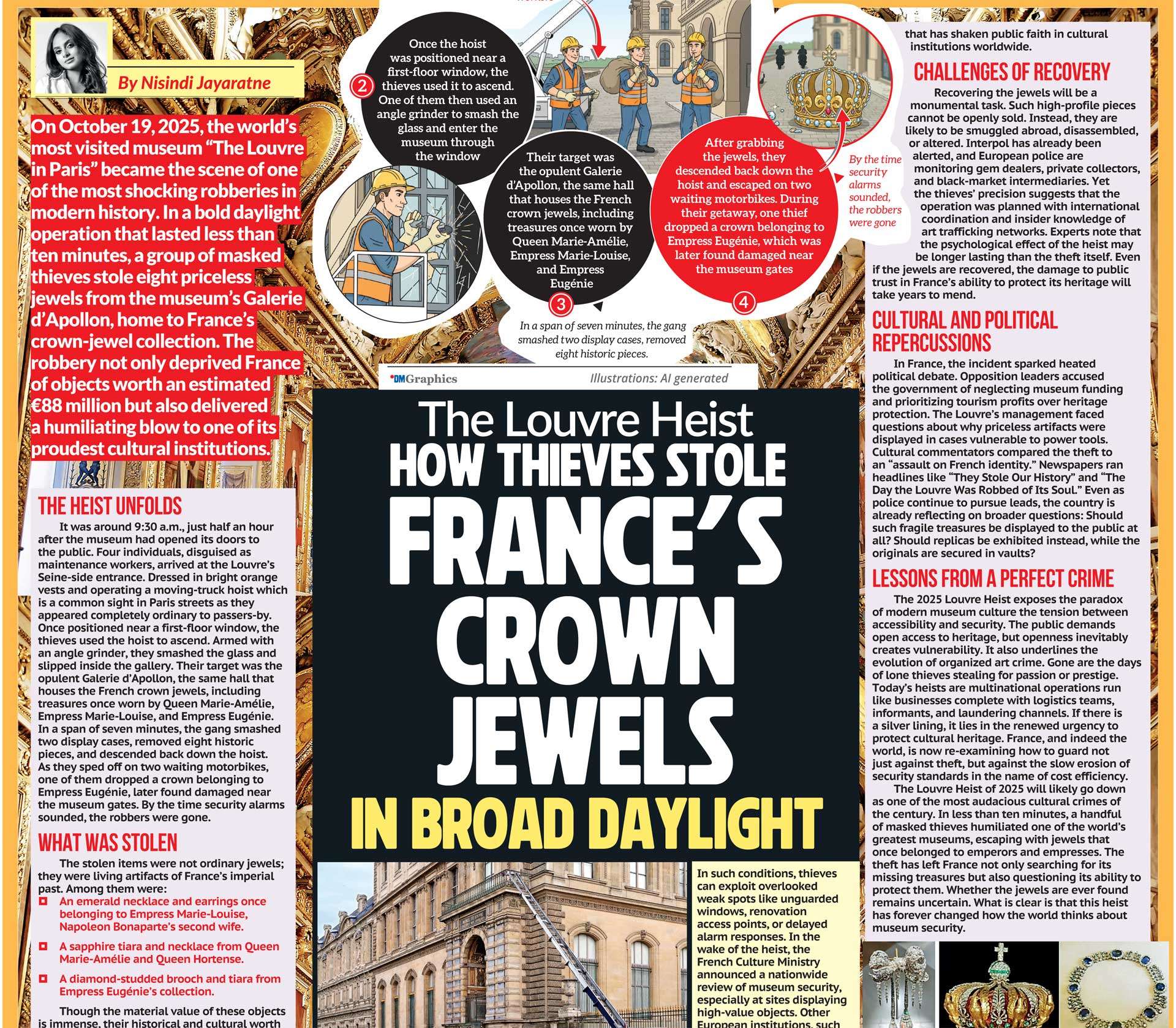In the hush of a gallery filled with motionless forms, Lasantha Epasinghe’s sculptures do not simply sit, they speak. Quietly and insistently, they ask the kind of questions we often avoid: What have we given up in the pursuit of ownership? Where did we lose ourselves in the glint of gold, the glimmer of comfort, the weight of belief?
Part of the VERVE: Form in Motion exhibition, a show that dares to elevate sculpture to the forefront of Sri Lanka’s contemporary art scene, Epasinghe’s Silent Echo series is a mirror. One that reflects both our collective fatigue and our quiet rebellion against the systems that bind us.
Born in 1990, Epasinghe is a graduate of the University of Visual and Performing Arts. His sculptural journey began in limitation. A small studio, restricted space — what could have been a hindrance became a springboard for ingenuity. His early, compact human forms were shaped by necessity. Over time, they evolved into an artistic language uniquely his own. His work is deeply personal, yet unmistakably political, interrogating materialism, power, and the erasure of identity within modern society.
Each of the Silent Echo sculptures pulses with quiet fury. They are small in size but immense in message. Epasinghe offers no solutions, only honesty. His work is a brutal, poetic reflection of a world where meaning is sold and freedom is fragile.
And yet, there is tenderness here too. In the way the metal curves. In the fragility of a bloom. In the way a faceless figure still seems to ache, to yearn.
In a world increasingly defined by possessions, Silent Echo serves as a solemn reminder of who we are beneath the noise, before the titles, before the burden, before we were taught to measure worth in objects.
The VERVE exhibition brings together four extraordinary artists: Asiri Mandushanka, Madusanka Dimal, Lasantha Epasinghe, and Sachira Lakshan, curated by Mandira Ranathunga. Each voice, distinct and deliberate, forms a collective rhythm of motion and form. We will journey through the rest of their stories in the coming editions of The Palette Perspective.
Silent Echo I
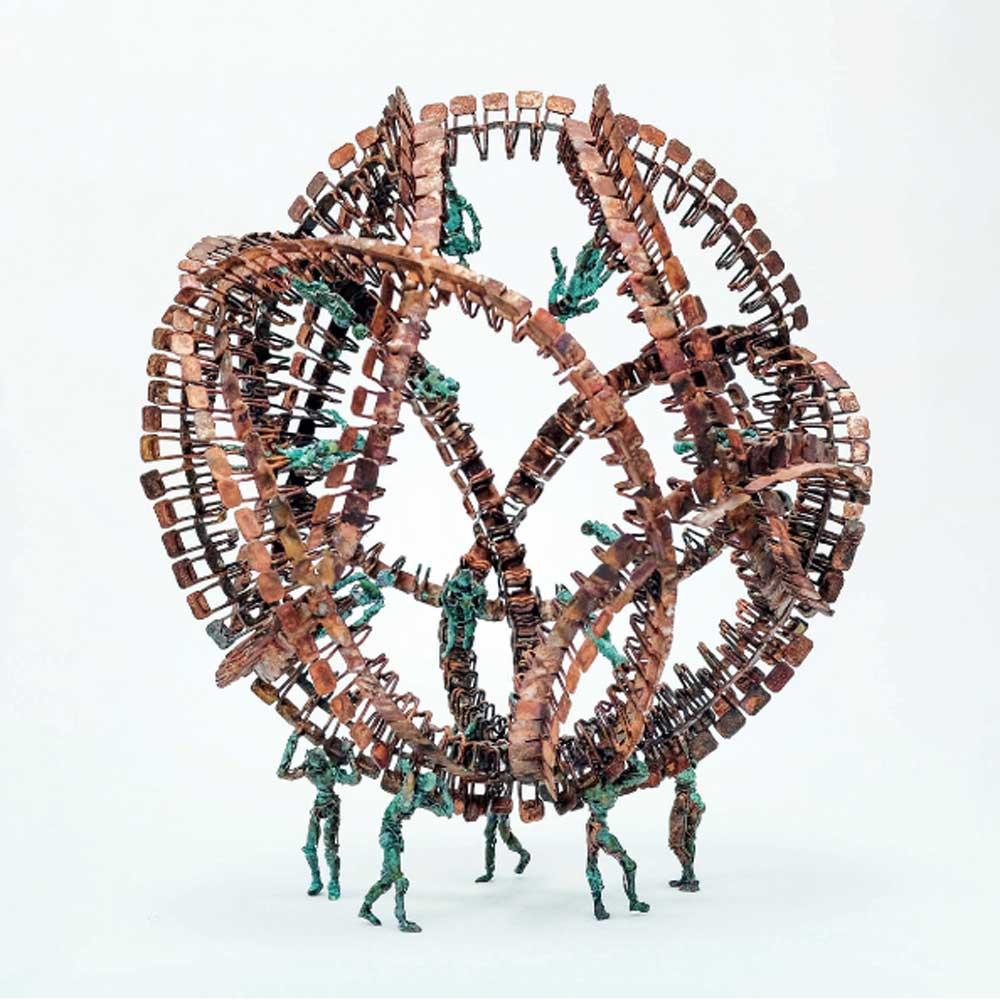
Please note: This reflects the writer’s personal interpretation of Lasantha Epasinghe’s work.
- Copper | 27.5 x 24.5 x 24.5 cm | 2025
A copper chair sits still, ordinary at first glance but burdened with meaning. Is it a throne of power or a cradle of comfort? Epasinghe’s figures, slim, faceless silhouettes, cling to it, hover around it, are dwarfed by it. Here, the chair is more than furniture. It is a symbol of material control, of domestic submission, of societal weight. The viewer is drawn to walk around it, to shift their perspective, just as one must in life to truly see the systems at play.
Silent Echo II
- Copper, Silver, Brass | 20.2 x 25.5 x 23.7 cm | 2025
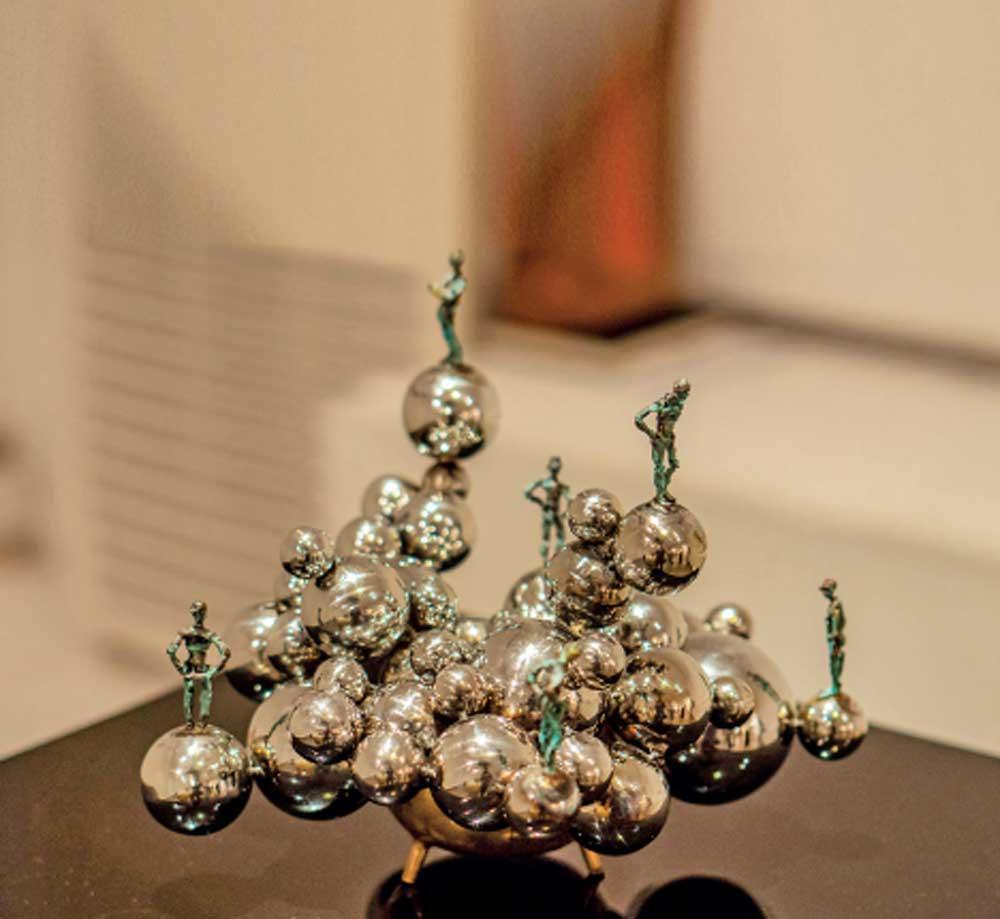
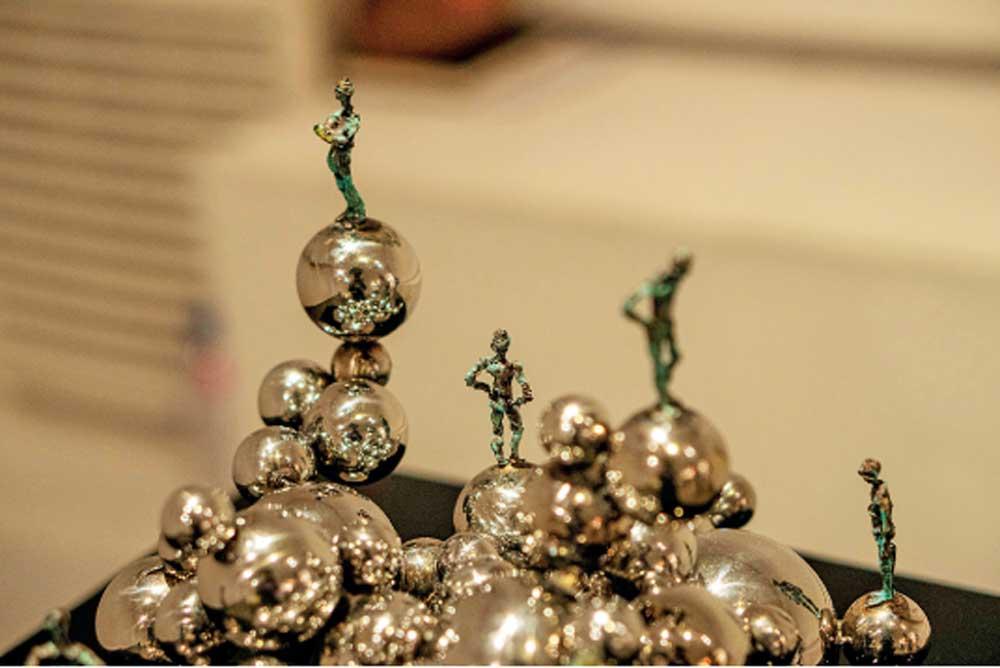
Polished silver spheres shine with haunting clarity. Each orb is populated with shadowy human figures frozen in ambiguous motion. Are they dancing, reaching, breaking free, or simply suspended? The closer you move, the more your own reflection appears in the sphere, distorted and small. In this moment, the viewer becomes part of the sculpture. We are reminded how consumerism and capitalism shrink the self, molding us into shadows of who we once were.
Silent Echo III
- Copper, Silver, Brass, Gemstones | 32.8 x 20 x 20 cm | 2025
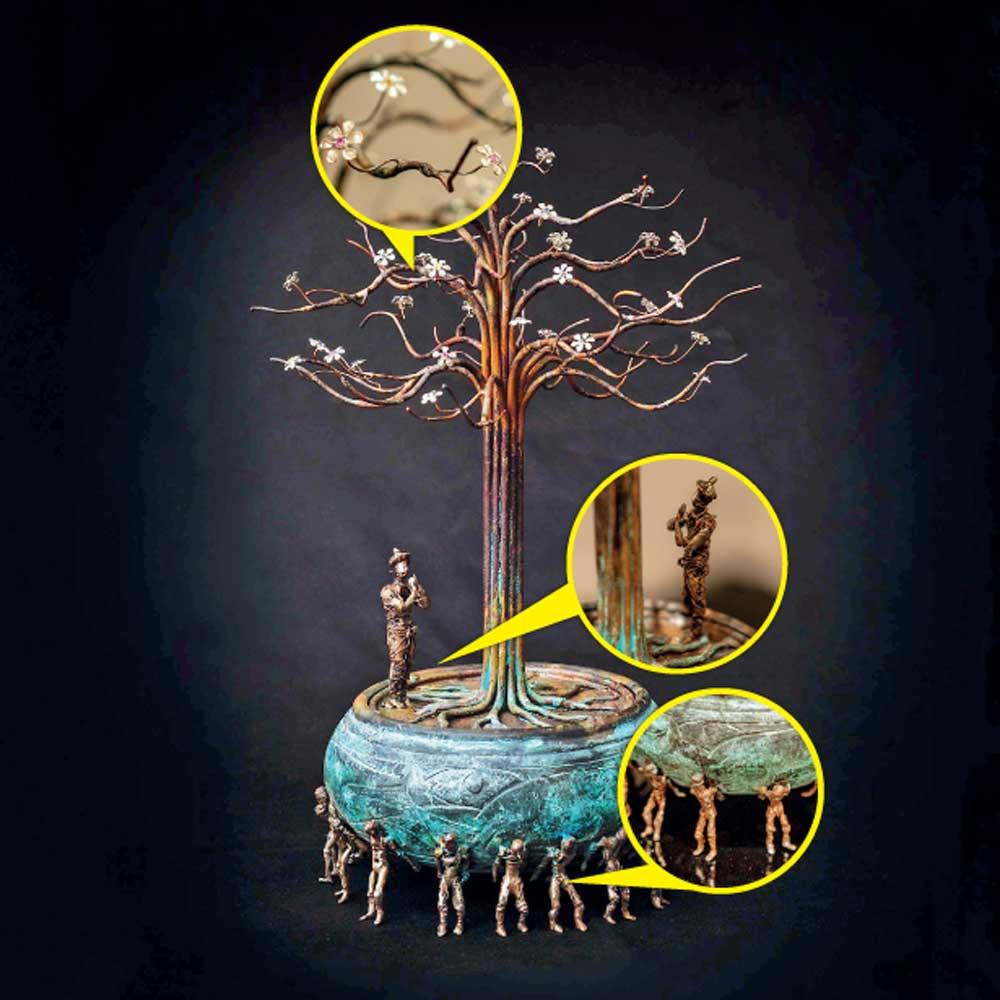
This is perhaps Epasinghe’s most layered and poignant work, a sculpture that serves as both sermon and protest. At the center, a large copper alms bowl is borne by sixteen miniature figures. Bent, straining, faceless, they represent the working class carrying the crushing load of economic survival. Above them, a tree, reminiscent of the Bodhi tree, blossoms with delicate flowers. These blooms, made from precious stones, represent privilege. The tree is not sacred, it is systemic. The piece does not indict belief, but questions how easily it can be co-opted by structures of power. It dares to ask: Are we worshipping from faith, or from fear?
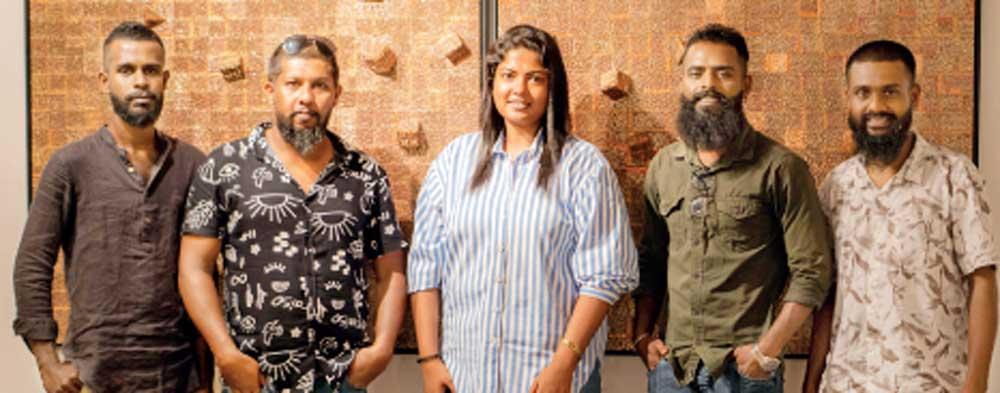
Asiri Mandushanka, Madusanka Dimal, Lasantha Epasinghe, and Sachira Lakshan, curated by Mandira Ranathunga.
Silent Echo IV
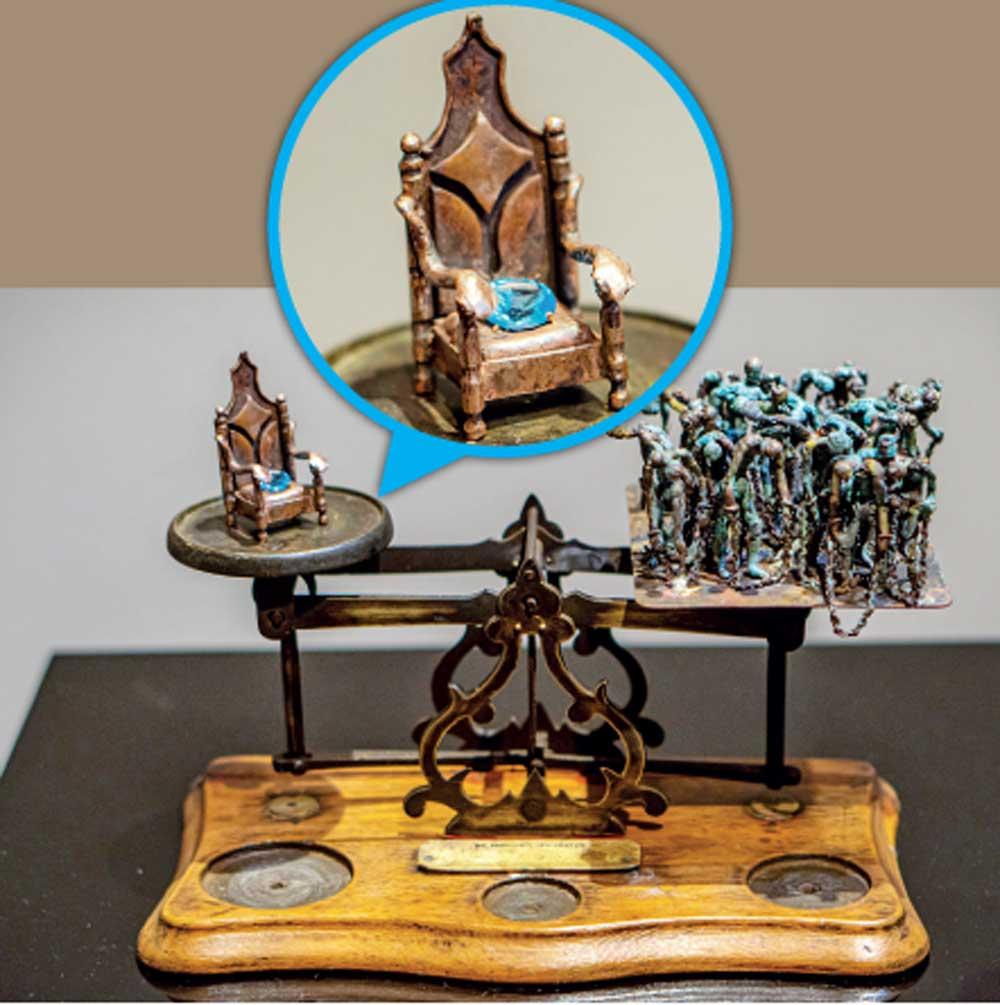
- Copper, Brass, Topaz, Wood | 18 x 26.4 x 16.5 cm | 2025
Epasinghe returns to the motif of the chair, now resting atop a wooden pedestal. Below, a root system sprawls, twisted, organic, sheltering human figures who appear only as shadows. They are hunched, hidden, held down by a structure they cannot escape. The pedestal does not simply elevate, it isolates. Authority, it suggests, is not just imposed from above. It grows beneath our feet, tangled in tradition, history, and silence.


